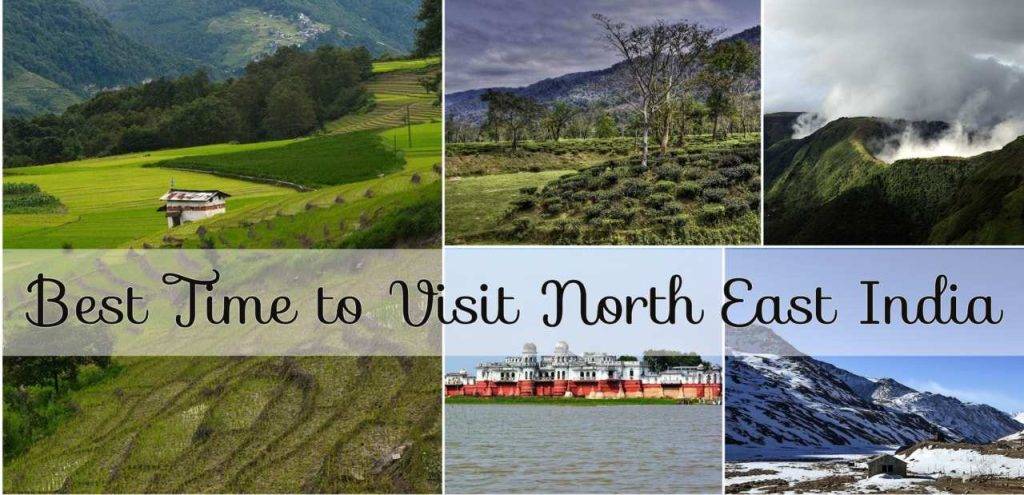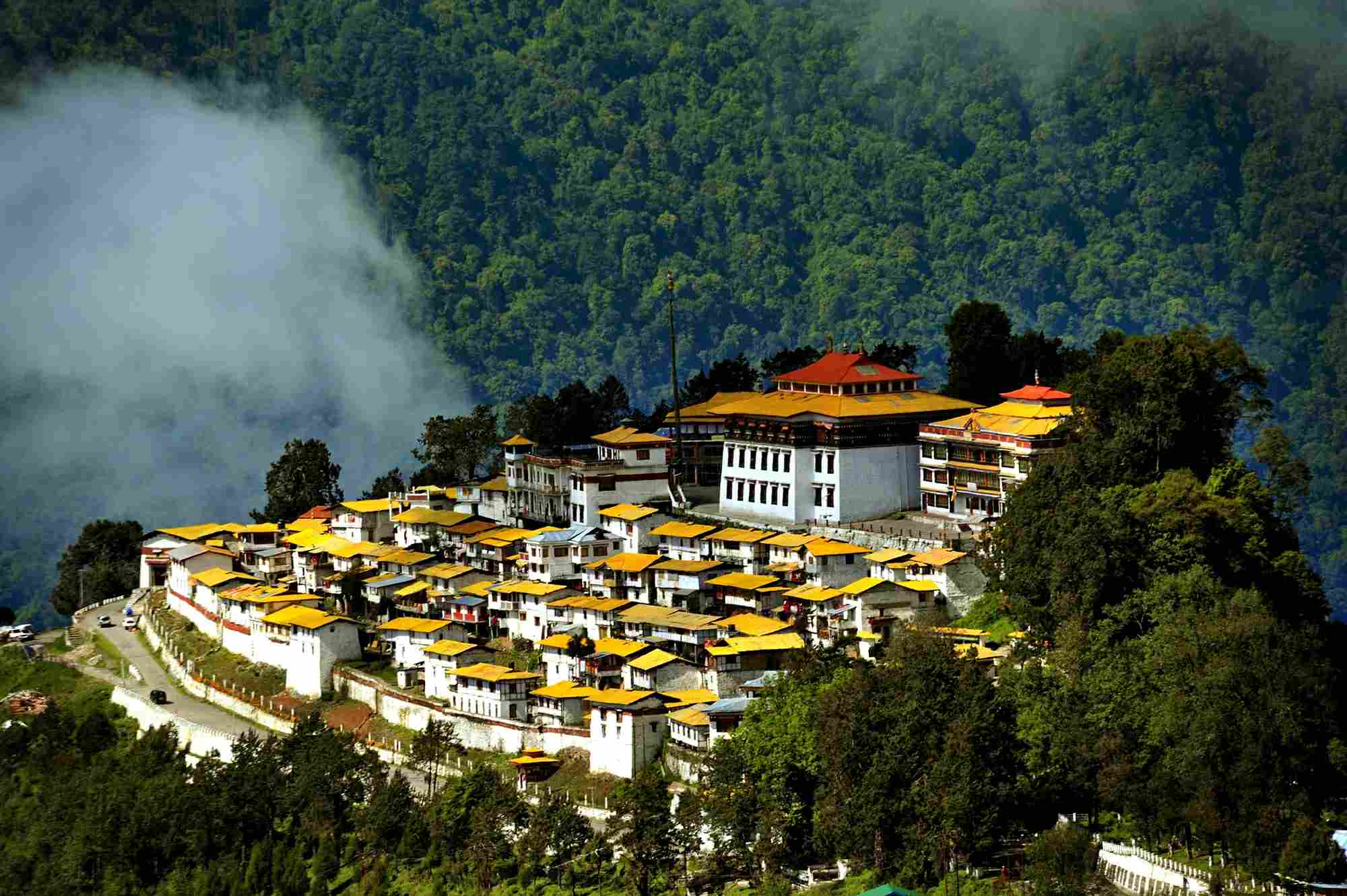
The ideal travel time for a destination where the weather is generally pleasant and suitable for various activities from October through May. Here’s a breakdown of what this typically implies:
October to March: This period seems to offer the best weather for outdoor activities and sightseeing, characterized by cool temperatures that are comfortable for most people. This is likely the peak tourist season when the weather is pleasantly cool, making it ideal for exploring and enjoying outdoor attractions.
April to May: As the summer season begins, temperatures start to rise, but the weather remains pleasant, especially in higher altitudes where it might still be comfortable. This period might see fewer tourists compared to the peak season but still offers enjoyable conditions for activities.
Top Places to Explore
Guwahati:
Guwahati, the biggest city in Assam, is full of interesting places to visit. Here are some top spots you shouldn’t miss:
Kamakhya Temple
An important shrine dedicated to the goddess Kamakhya. It’s a famous pilgrimage site known for the Ambubachi Mela, a major festival, and is located on Nilachal Hill, offering stunning views of the city.
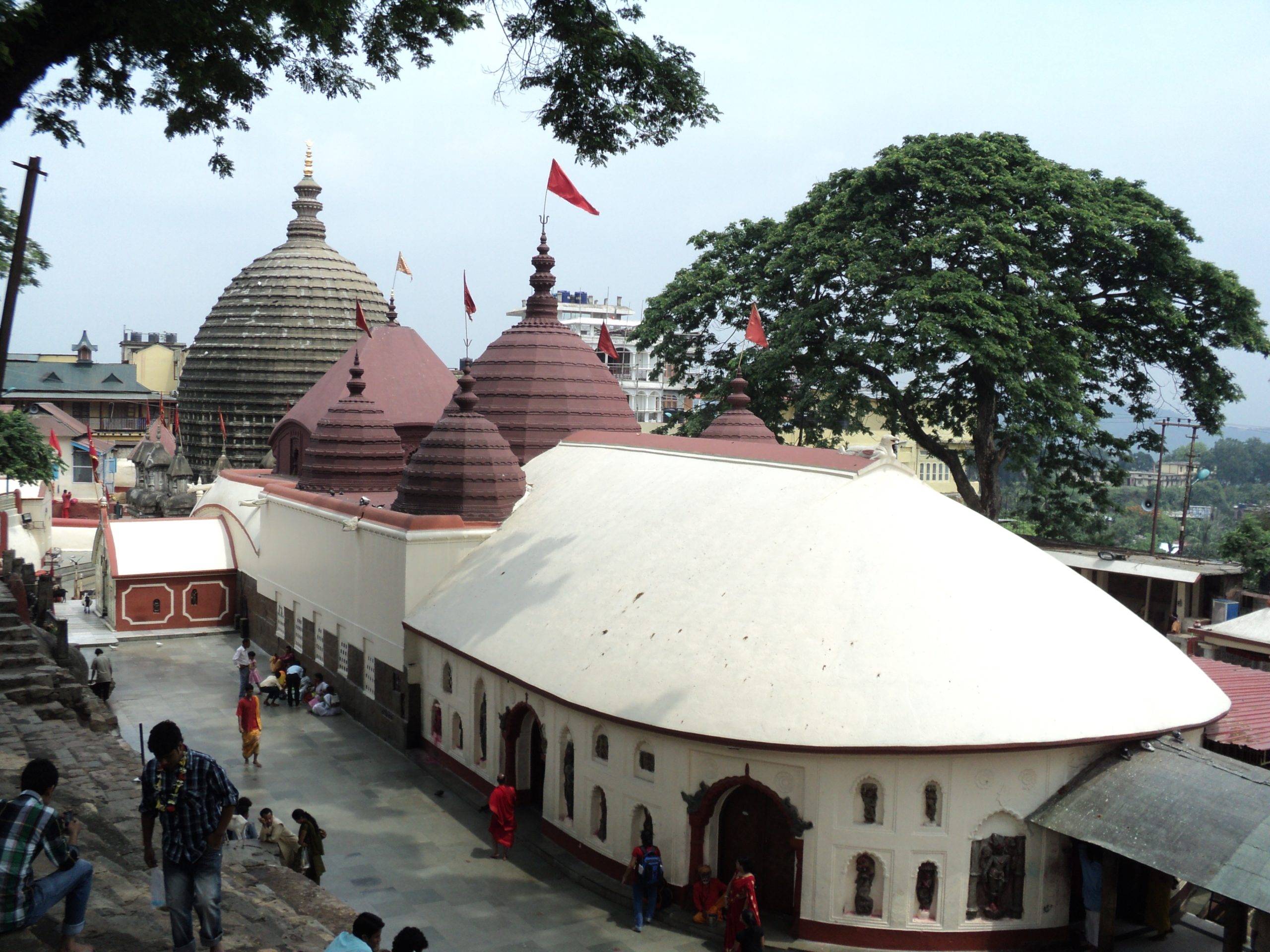
Assam State Museum
This museum showcases Assamese culture and history through artifacts like sculptures, manuscripts, and crafts. The museum also hosts regular exhibitions and cultural programs.
Umananda Temple
Located on Peacock Island in the Brahmaputra River, this temple is dedicated to Lord Shiva and known as the world’s smallest inhabited river island. It offers peaceful surroundings and beautiful river views, accessible by a ferry ride from Kachari Ghat.
Srimanta Sankardev Kalakshetra
A cultural complex celebrating Assamese heritage with a museum, library, and open-air theater. It frequently hosts cultural performances and exhibitions.
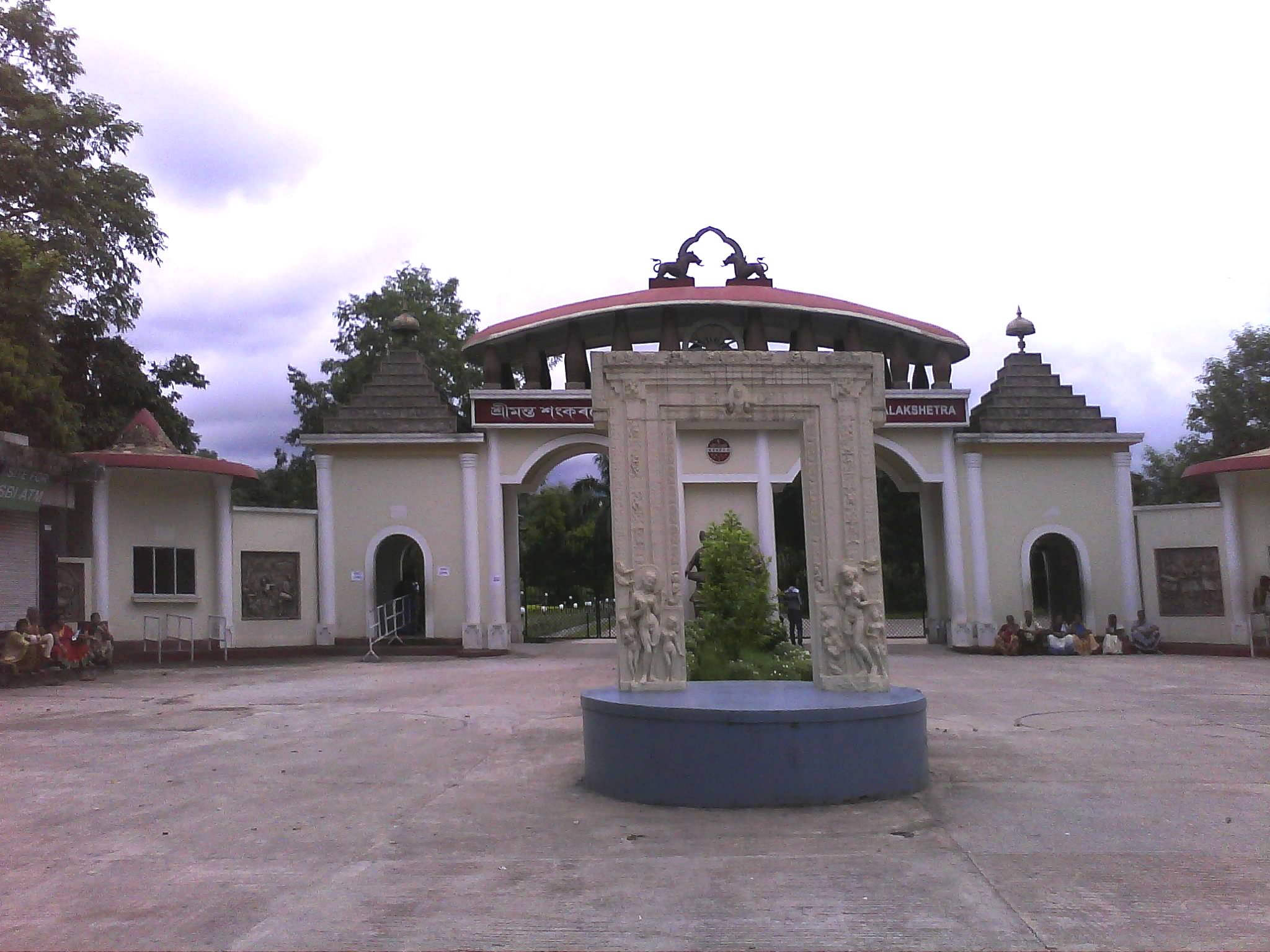
Pobitora Wildlife Sanctuary
Located about 30 km from Guwahati, this sanctuary is known for its large population of rhinoceroses. It offers jeep and elephant safaris and is home to many bird species and other animals.
Navagraha Temple
An ancient site dedicated to the nine planets, significant for astrology enthusiasts. It is located on Chitrachal Hill and provides great views of the city.
Basistha Ashram
Associated with the sage Basistha and situated on the city’s outskirts, this ashram is surrounded by scenic hills and waterfalls, making it ideal for meditation and nature walks.
Fancy Bazaar
A bustling commercial area great for shopping local handicrafts, textiles, and Assamese silk. It also has plenty of traditional Assamese food options.
Guwahati Planetarium
Perfect for those interested in space and astronomy, offering shows about space and the stars, along with interactive exhibits and a library on astronomy.
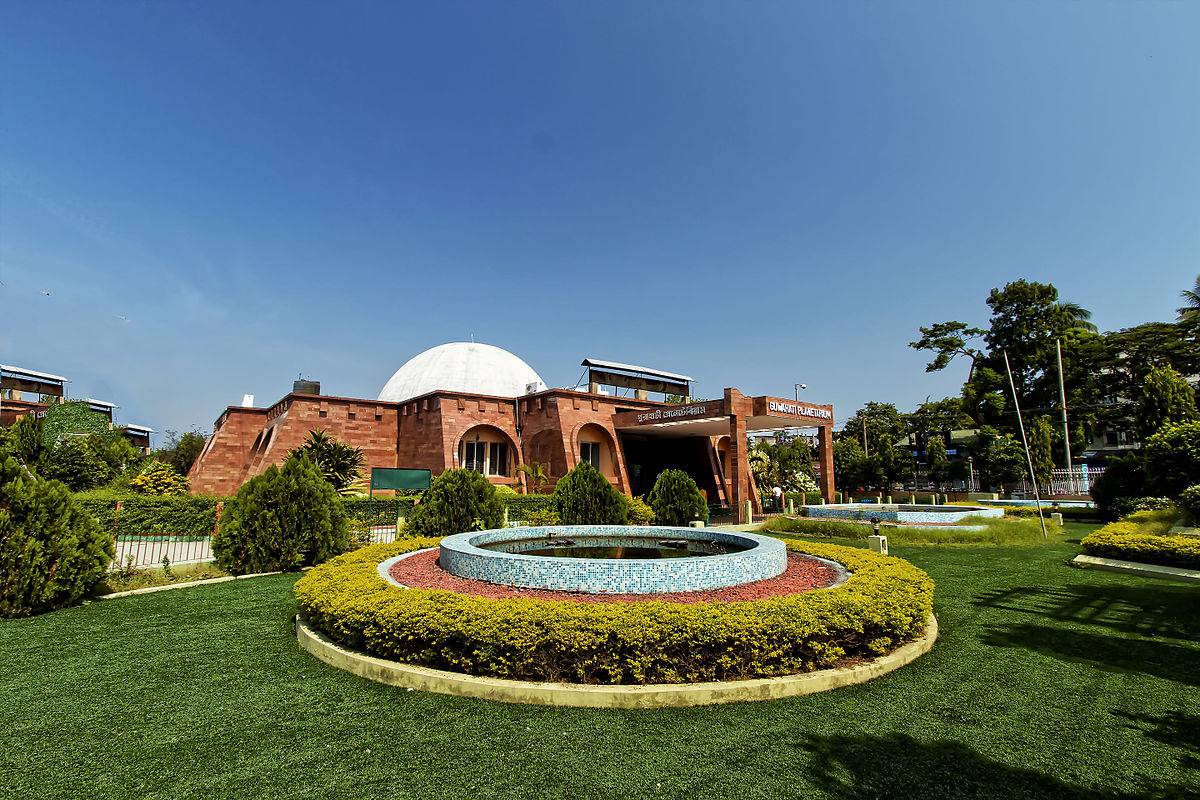
Kaziranga National Park
Kaziranga National Park in Assam is a fantastic place for wildlife lovers. Here are some of the top activities and what you can expect:
Wildlife Safari
Kaziranga is most famous for its wildlife safaris. When you go on a safari, you have a great chance of spotting the park’s most famous residents, the one-horned rhinoceroses. These rhinos are unique and Kaziranga has one of the largest populations in the world. Besides rhinos, you can also see tigers, elephants, wild buffaloes, and many deer. The park offers both jeep and elephant safaris, which take you deep into the jungle for close-up views of these amazing animals.
Bird Watching
Kaziranga is a paradise for bird watchers. The park is home to many bird species, including several rare and endangered ones. You can see a variety of birds, such as the Great Indian Hornbill, the Bengal Florican, and the White-fronted Goose. During the winter months, the park also becomes a temporary home for many migratory birds from around the world. Watching these colorful birds in their natural habitat is a peaceful and fascinating experience.
Shillong
Shillong, the capital of Meghalaya, is a charming city with many beautiful and interesting places to visit. Here are some highlights:
Umiam Lake
Umiam Lake, also known as Barapani, is a scenic lake located just outside Shillong. It’s a popular spot for both locals and tourists because of its beautiful views and recreational activities. You can go boating on the lake, try out various water sports, or simply relax by the water and enjoy the peaceful surroundings. The area around the lake is also great for picnics and walks, making it a perfect place for a family outing.
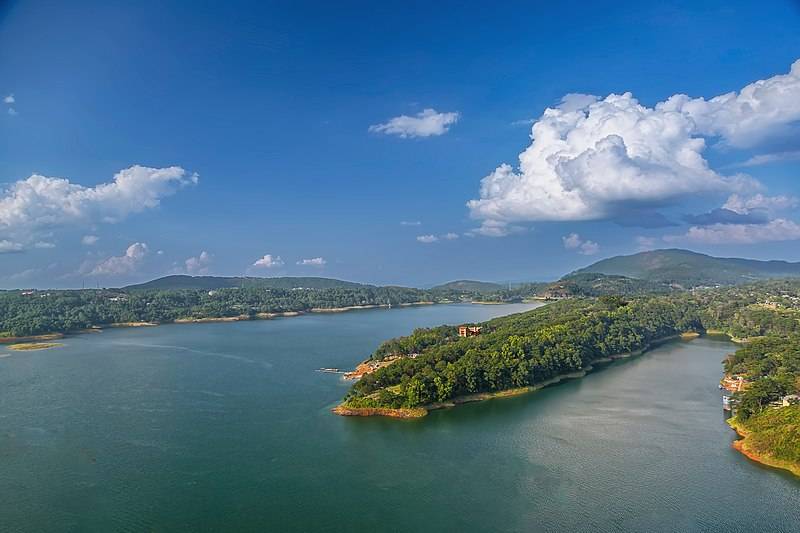
Elephant Falls
Elephant Falls is one of the most famous waterfalls near Shillong. It’s a picturesque spot where the water cascades down in three stages, creating a stunning view. The falls are surrounded by lush greenery, and there are easy walking paths and steps that allow you to get close to the water. It’s a great place to take photos and enjoy the natural beauty. The name “Elephant Falls” comes from a rock that looked like an elephant, although the rock was destroyed in an earthquake.
Don Bosco Museum
The Don Bosco Museum in Shillong is a fascinating place that showcases the rich cultural heritage of Northeast India. It has many exhibits featuring the indigenous cultures and artifacts of the region. You can see traditional clothing, tools, musical instruments, and artwork from different tribes. The museum also has interactive displays and a skywalk that offers a panoramic view of the city. It’s an educational and interesting place to learn more about the diverse cultures of Meghalaya and other northeastern states.
Cherrapunji and Mawsynram, Meghalaya
Cherrapunji and Mawsynram are two of the wettest places on Earth, located in the Indian state of Meghalaya. They are renowned for their stunning natural beauty and unique attractions.
Living Root Bridges
One of the most fascinating features of this region are the living root bridges. These are natural formations created by the indigenous Khasi people, who weave the roots of rubber trees to form sturdy, long-lasting bridges. Over time, these roots grow stronger and can support the weight of many people. These bridges, some of which are over a hundred years old, blend seamlessly into the lush, green surroundings, offering a remarkable example of human ingenuity and harmony with nature.
Nohkalikai Falls
Nohkalikai Falls is the tallest plunge waterfall in India. The waterfall is named after a local legend about a woman named Likai, and the name translates to “Jump of Likai.” The falls are particularly breathtaking during the monsoon season when they are at their fullest. The sight of the water cascading down the cliff into a clear, blue-green pool below is a spectacular natural wonder that draws visitors from all over the world.
Caves
The region is also famous for its extensive cave systems, making it a popular destination for spelunking (cave exploring). Two of the most accessible and well-known caves are Mawsmai Cave and Arwah Cave.
- Mawsmai Cave: Located near Cherrapunji, this cave is relatively easy to explore, with well-lit passages and stunning limestone formations. Visitors can see stalactites and stalagmites of various shapes and sizes, creating a fascinating underground landscape.
- Arwah Cave: This cave is known for its impressive size and the ancient fossils embedded in its walls. It requires a bit more effort to explore compared to Mawsmai Cave, but the experience is equally rewarding. The cave offers a sense of adventure as you navigate through its dark, winding passages.
These natural attractions make Cherrapunji and Mawsynram a must-visit for nature lovers and adventure enthusiasts alike. The combination of lush landscapes, breathtaking waterfalls, and intriguing caves provides a unique and unforgettable travel experience.
Tawang, Arunachal Pradesh
Tawang, located in the northeastern state of Arunachal Pradesh, India, is a place of rich cultural heritage and natural beauty. It is renowned for its stunning landscapes, historical significance, and religious importance.
Tawang Monastery
Tawang Monastery, also known as Galden Namgyal Lhatse, is the largest monastery in India and the second largest in the world. The monastery is perched on a hill offering panoramic views of the Tawang River valley. It houses around 450 monks and contains a massive library of ancient texts and scriptures. The 28-foot high golden Buddha statue is among its most notable features.
Sela Pass
Sela Pass is a high-altitude mountain pass located at an elevation. It is the gateway to Tawang and one of the most scenic places in Arunachal Pradesh. The pass is surrounded by snow-clad peaks and is home to the sacred Sela Lake, also known as Paradise Lake, which remains frozen in winter. The journey through Sela Pass offers breathtaking views of the Eastern Himalayas, making it a paradise for photographers and nature enthusiasts.
Nuranang Waterfall
Nuranang Waterfall, also known as Jang Falls or Bong Bong Falls, is one of the most beautiful waterfalls in the Tawang region. Located about 40 kilometers before Tawang, the waterfall drops from a height of around 100 meters (328 feet). It is a mesmerizing sight, surrounded by dense forests and pristine natural beauty. The falls are particularly impressive during the monsoon season when the water flow is at its peak. Nuranang Waterfall is not just a visual treat but also a tranquil spot perfect for a short stopover and picnic en route to Tawang.
These attractions make Tawang a captivating destination that combines natural splendor with spiritual and historical richness, offering a unique experience to all who visit.
Kohima, Nagaland
Kohima, the capital of Nagaland, is a city steeped in history and rich in cultural heritage. It offers a blend of scenic beauty, historical significance, and vibrant local traditions.
War Cemetery
The Kohima War Cemetery is a poignant memorial dedicated to the soldiers who lost their lives during World War II in the Battle of Kohima. Managed by the Commonwealth War Graves Commission, the cemetery is situated on Garrison Hill, where the battle took place. It contains the graves of over 1,420 Commonwealth soldiers and a few from other allied nations. The cemetery is beautifully maintained, with lush green lawns and serene surroundings. The epitaph inscribed on the memorial’s main stone reads, “When You Go Home, Tell Them Of Us And Say, For Your Tomorrow, We Gave Our Today,” a powerful reminder of the sacrifices made during the war.
Kisama Heritage Village
Kisama Heritage Village is an open-air museum that showcases the rich cultural heritage of the Naga tribes. Located about 10 kilometers from Kohima, it serves as the main venue for the annual Hornbill Festival, a vibrant celebration of Naga culture held every December. The village features traditional Naga huts and morungs (dormitories) representing the various tribes of Nagaland. Visitors can experience Naga dance and music performances, traditional sports, and local cuisine. The village also has a museum and souvenir shops selling handcrafted items. Kisama Heritage Village offers an immersive experience into the diverse traditions and lifestyles of the Naga people.
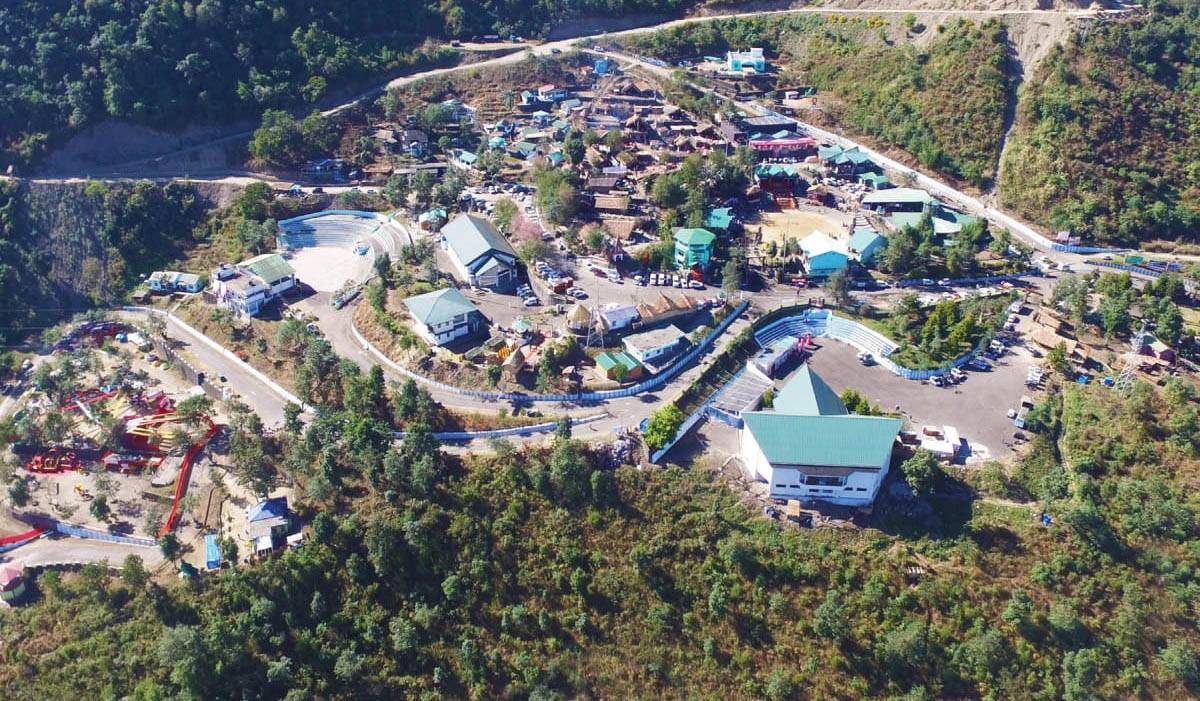
Dzukou Valley
Dzukou Valley, often referred to as the “Valley of Flowers of the Northeast,” is renowned for its stunning natural beauty and picturesque trekking trails. The valley is shared between the states of Nagaland and Manipur. It is famous for its lush green landscape, rolling hills, and a variety of flowers that bloom during the monsoon season, creating a colorful carpet. The valley is a popular trekking destination, attracting adventure enthusiasts and nature lovers.
These attractions make Kohima a fascinating destination that offers a blend of historical reverence, cultural richness, and natural beauty, providing visitors with a memorable and enriching experience.
Majuli Island, Assam
Majuli Island, located in the Brahmaputra River in Assam, is the world’s largest river island and a hub of Assamese culture and spirituality. It is renowned for its unique landscapes, vibrant traditions, and the serene lifestyle of its inhabitants.
Satras
Majuli is home to several Satras, which are traditional Vaishnavite monasteries established in the 15th century by the revered saint Srimanta Sankardeva. These Satras are not just religious centers but also cultural institutions that play a crucial role in preserving Assamese culture, art, music, dance, and literature. Some of the most prominent Satras in Majuli Island include Kamalabari Satra, Dakhinpat Satra, Auniati Satra, and Garamur Satra. Each Satra has its own unique practices and contributions to the cultural fabric of Assam. Visitors to these Satras can witness traditional rituals, listen to devotional songs, and watch classical dance performances like Sattriya, which is one of the classical dance forms of India. The monks, known as Bhakats, lead a life of simplicity and devotion, making the Satras a serene and spiritual retreat.
River Island Cruise
A river island cruise around Majuli offers an immersive experience into the local Assamese culture and the island’s natural beauty. These cruises provide an opportunity to explore the scenic landscapes of the Brahmaputra River, with its lush greenery, rice fields, and water bodies teeming with birdlife. During the cruise, visitors can observe the traditional lifestyle of the island’s inhabitants, who primarily belong to the Mishing, Deori, and Assamese communities.
These attractions make Majuli Island a unique destination that offers a deep dive into Assamese spirituality, culture, and natural beauty, providing a rich and fulfilling experience for visitors.
Read Other blog:- Top Five Best Places To Visit In Mount Abu, Rajasthan
Conclusion:
Northeast India is a treasure trove of natural beauty, cultural richness, and spiritual significance. Guwahati, Assam, offers attractions like the famous Kamakhya Temple, the Assam State Museum, and Umananda Temple on Peacock Island. Kaziranga National Park is renowned for its thrilling wildlife safaris and bird-watching opportunities. In Meghalaya, Shillong’s Umiam Lake and Elephant Falls, along with the Don Bosco Museum, highlight the region’s scenic and cultural offerings. Cherrapunji and Mawsynram feature unique living root bridges, the majestic Nohkalikai Falls, and captivating caves. Tawang in Arunachal Pradesh boasts the impressive Tawang Monastery, the stunning Sela Pass, and the picturesque Nuranang Waterfall. Kohima, Nagaland, provides historical insight at the War Cemetery, cultural immersion at Kisama Heritage Village, and the breathtaking Dzukou Valley. Majuli Island in Assam enhances the experience with its traditional Vaishnavite monasteries and river island cruises, showcasing local Assamese culture. Together, these destinations create a diverse and enchanting mosaic, making Northeast India a must-visit for travelers seeking adventure and serenity.

